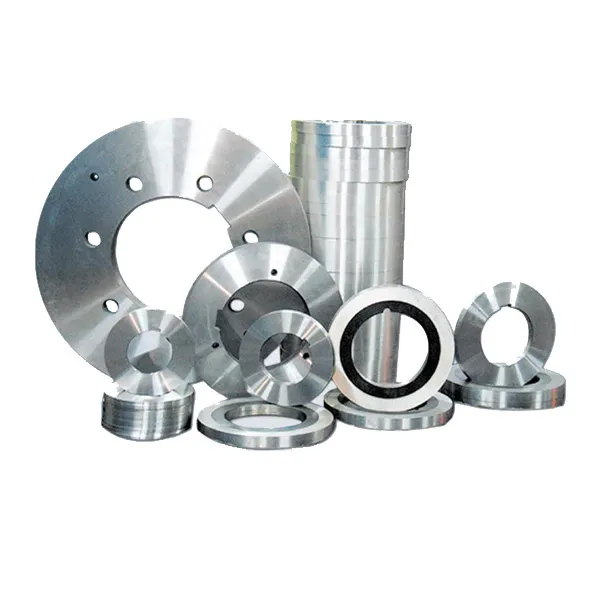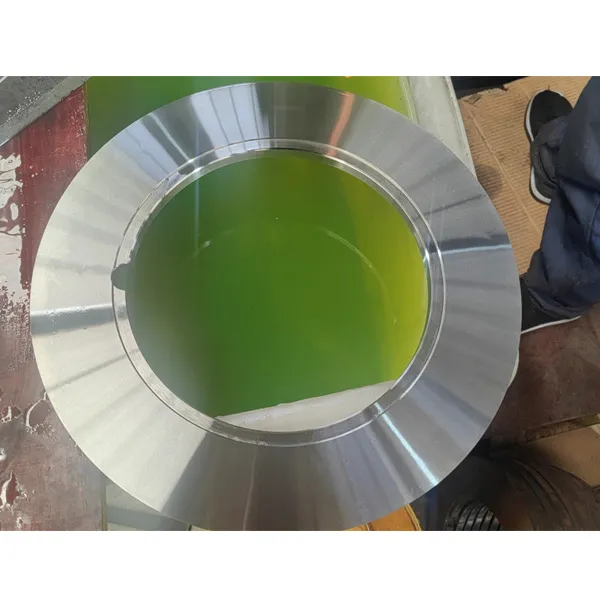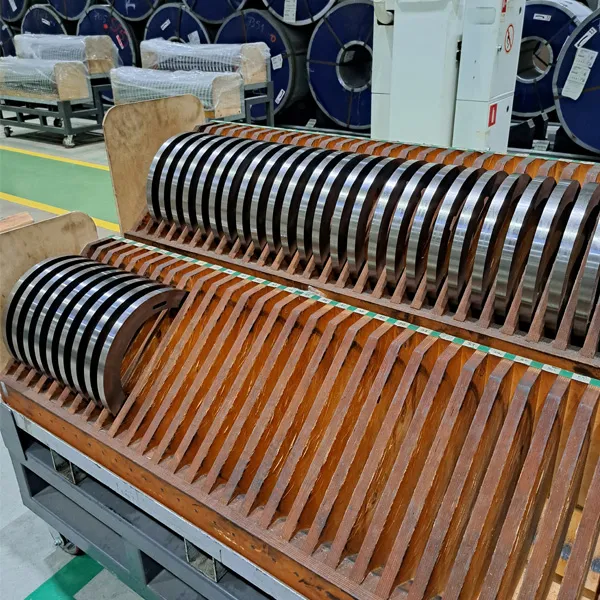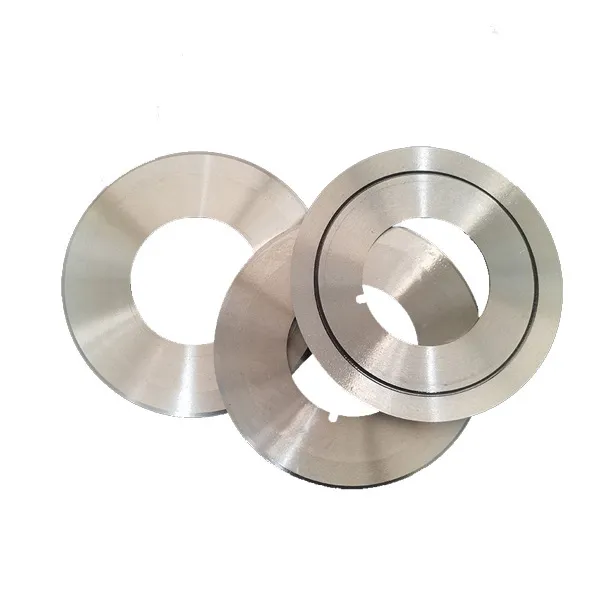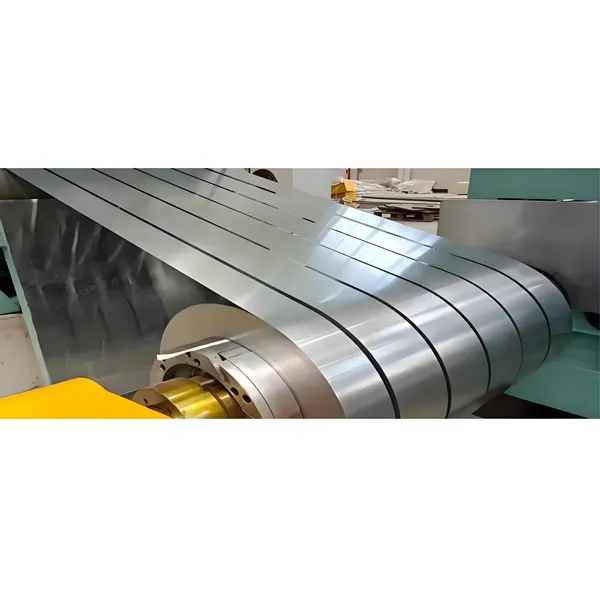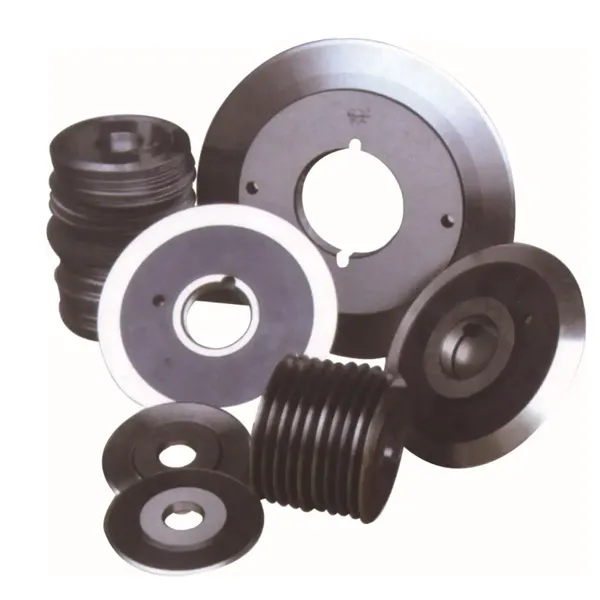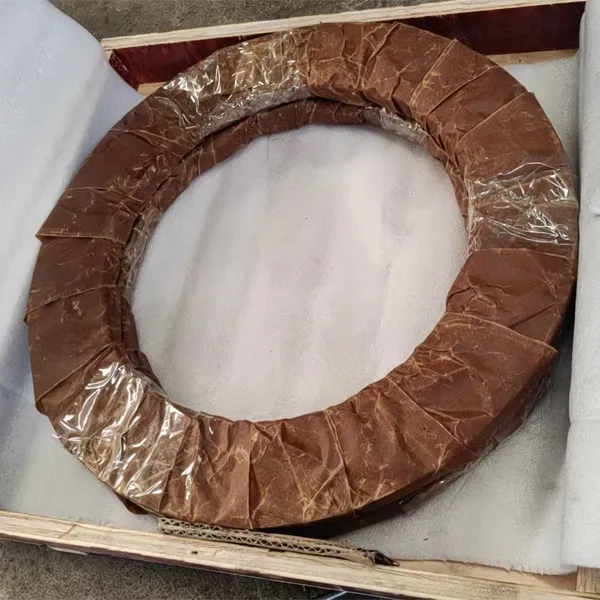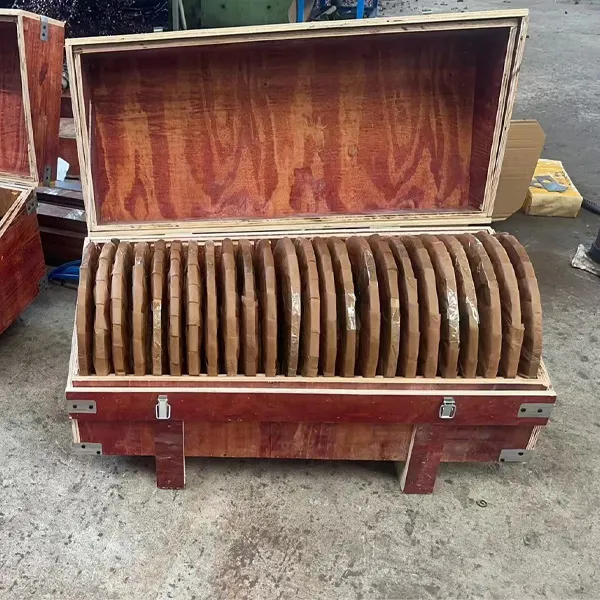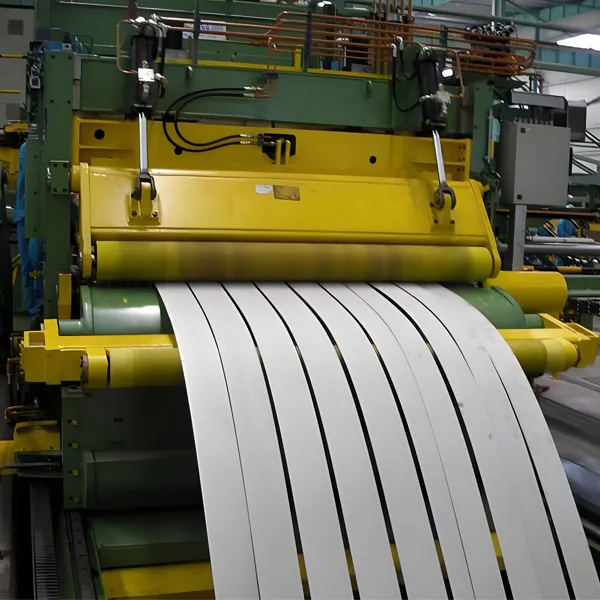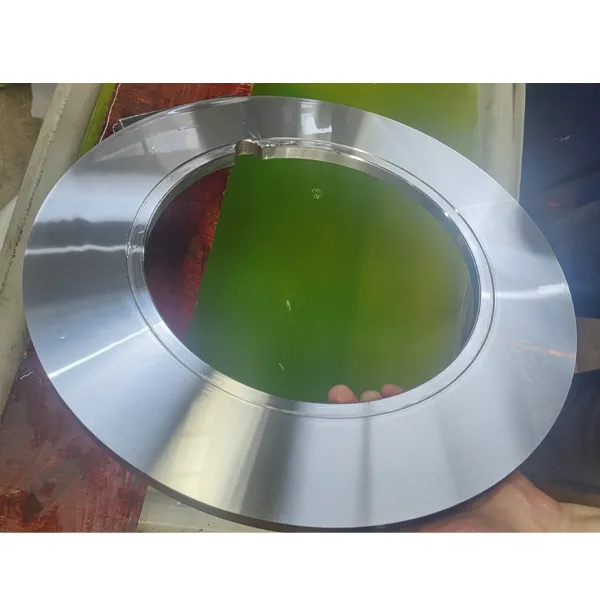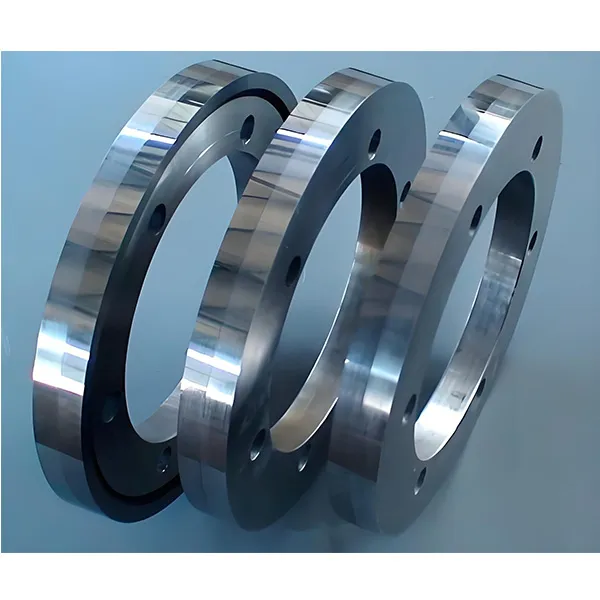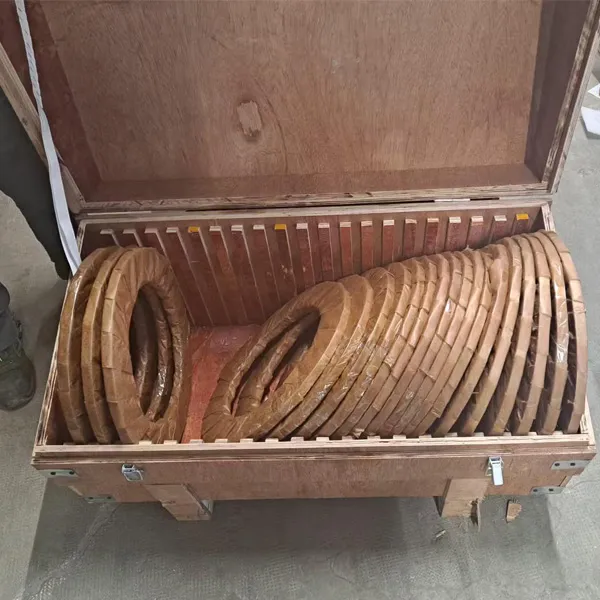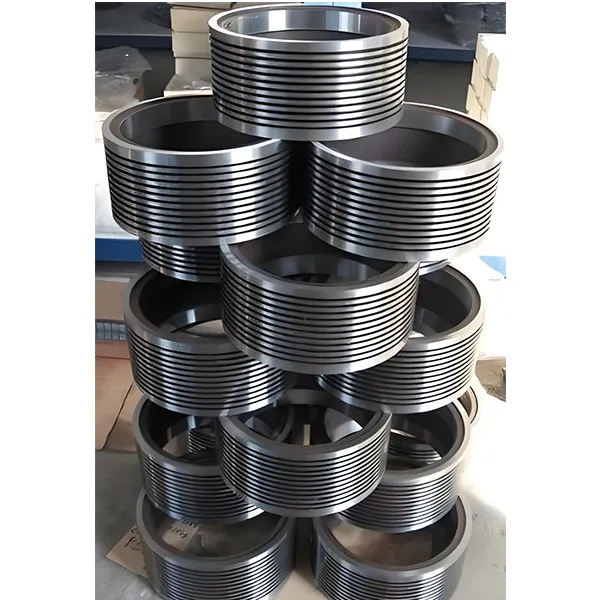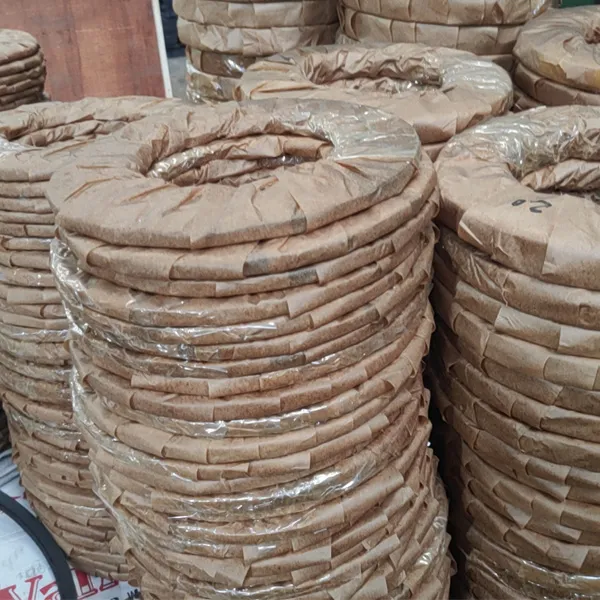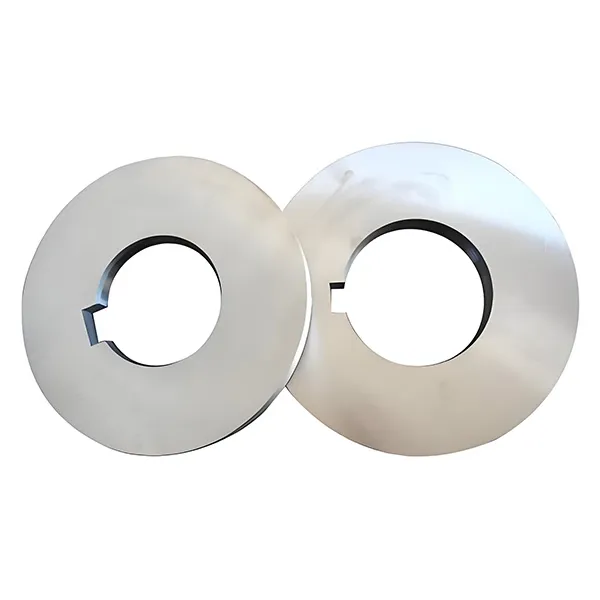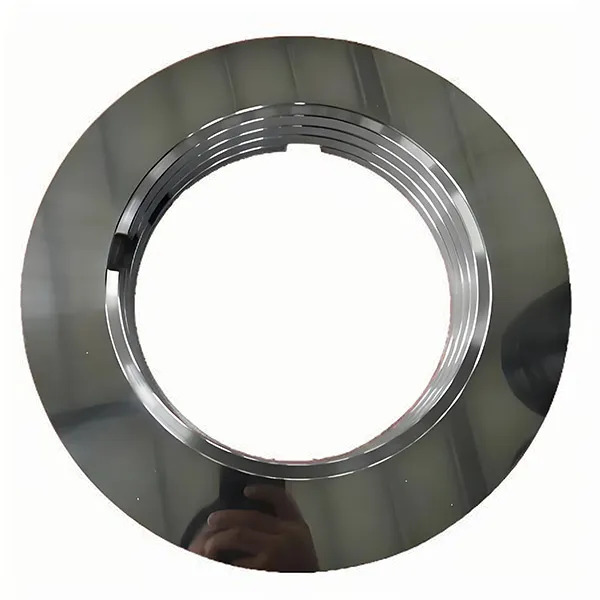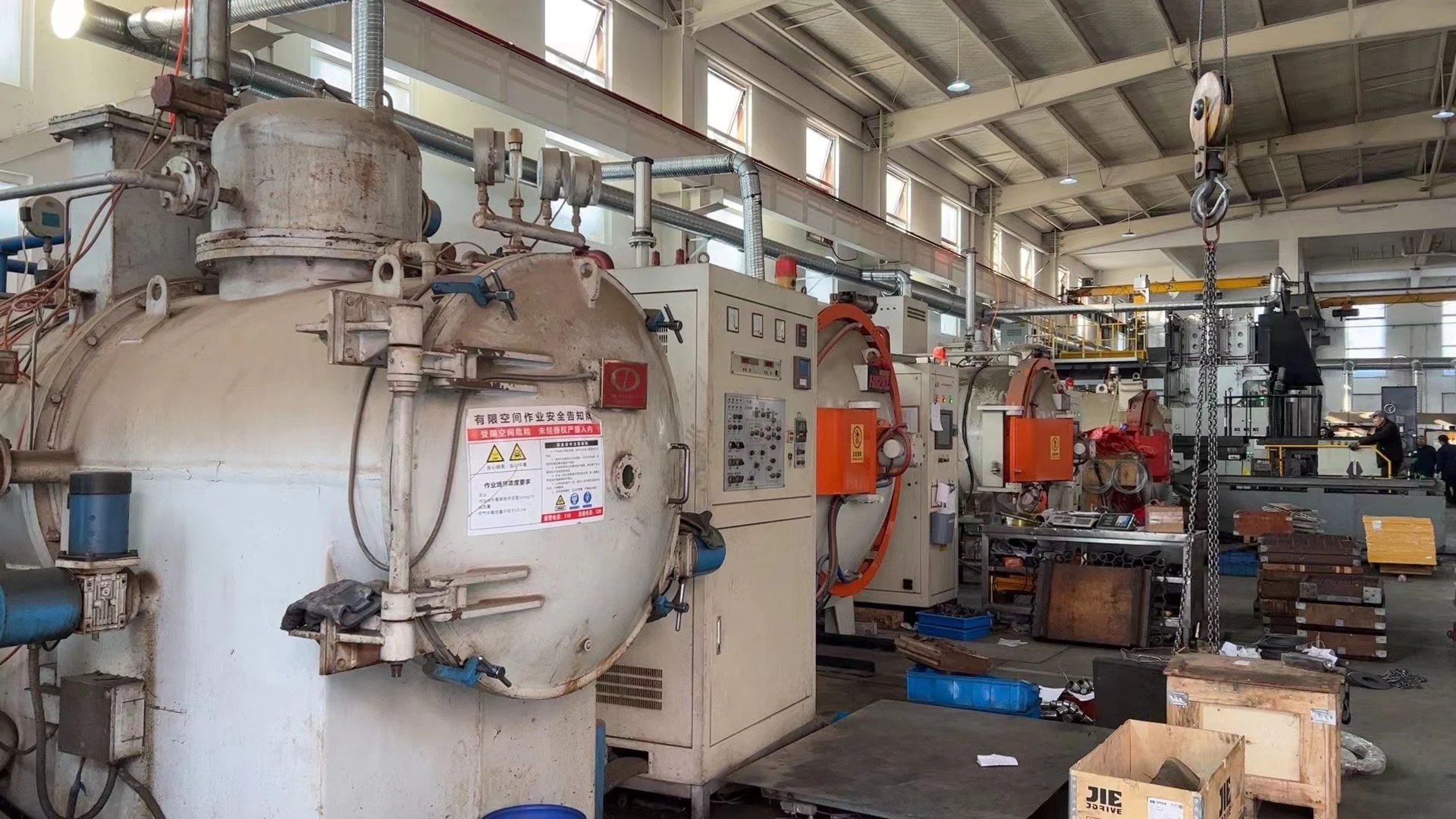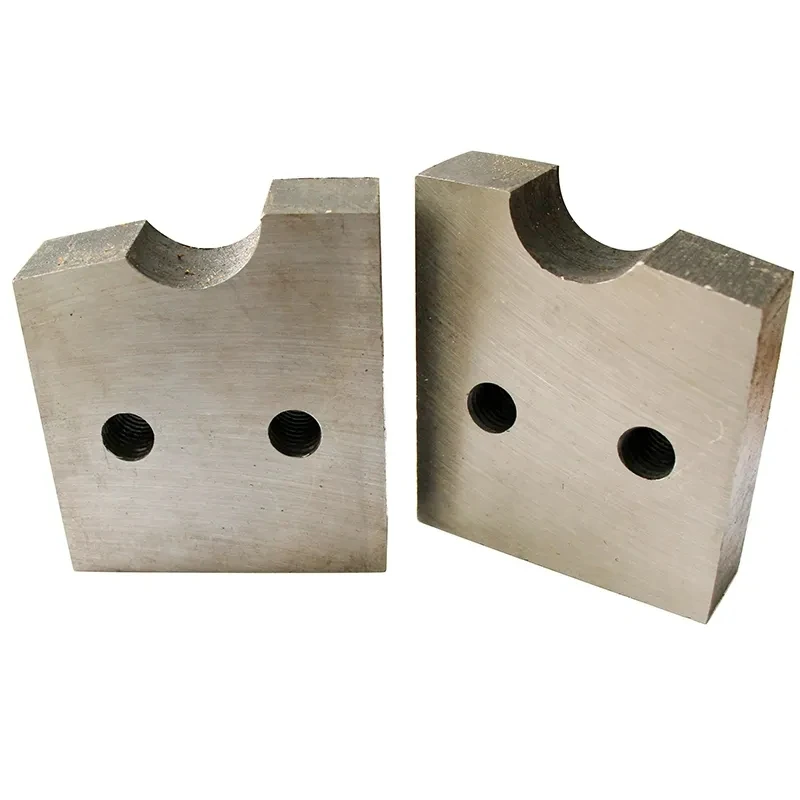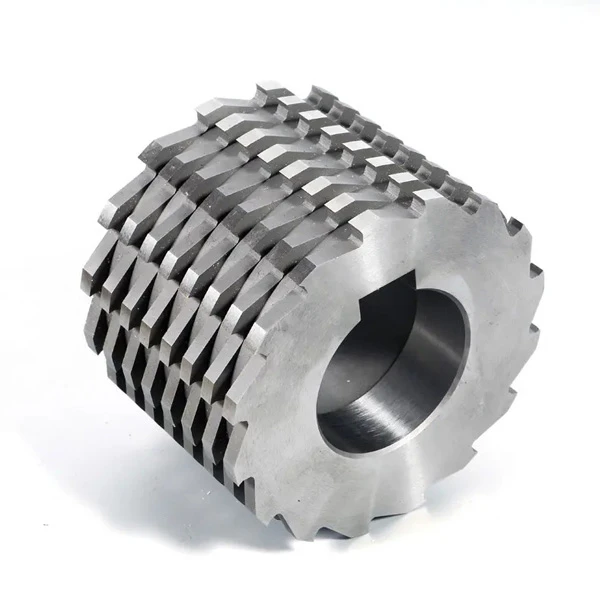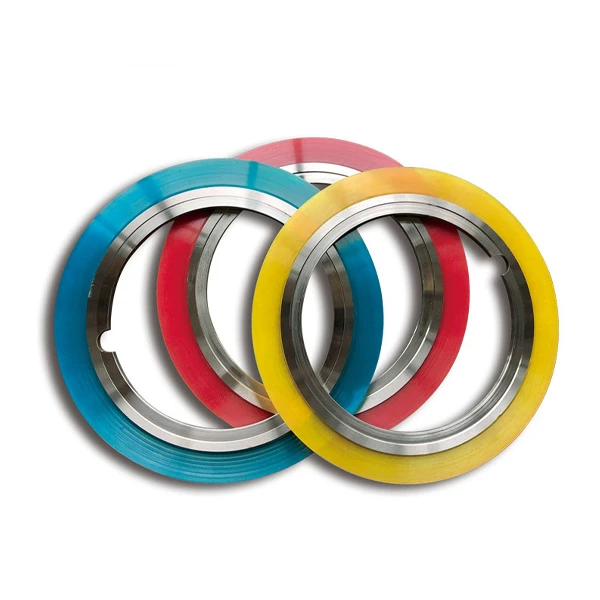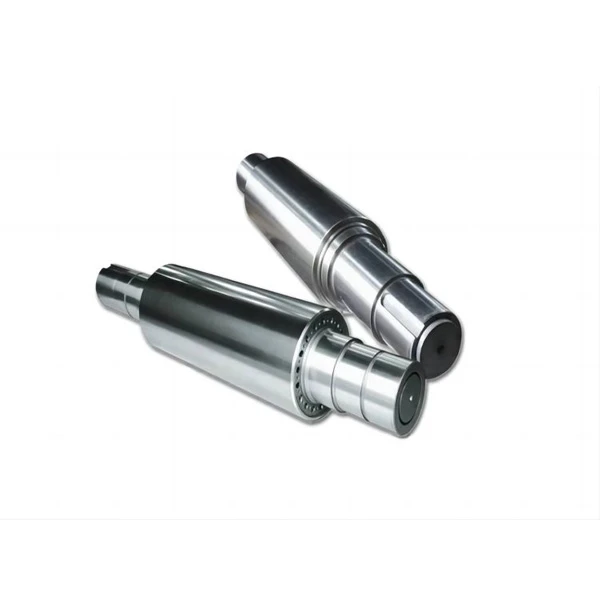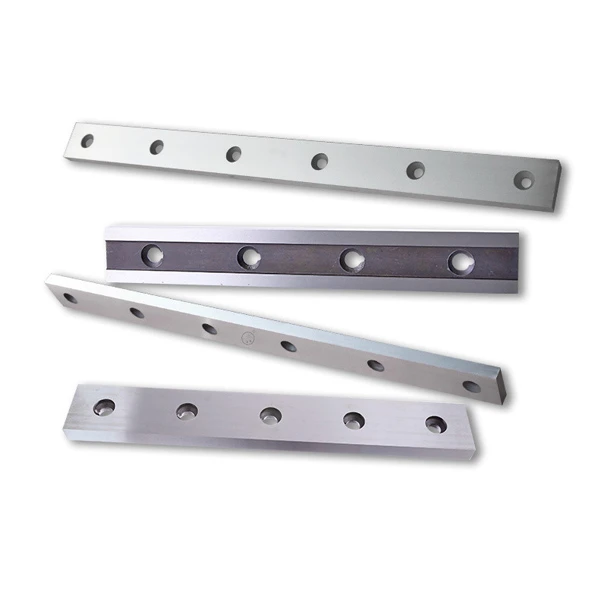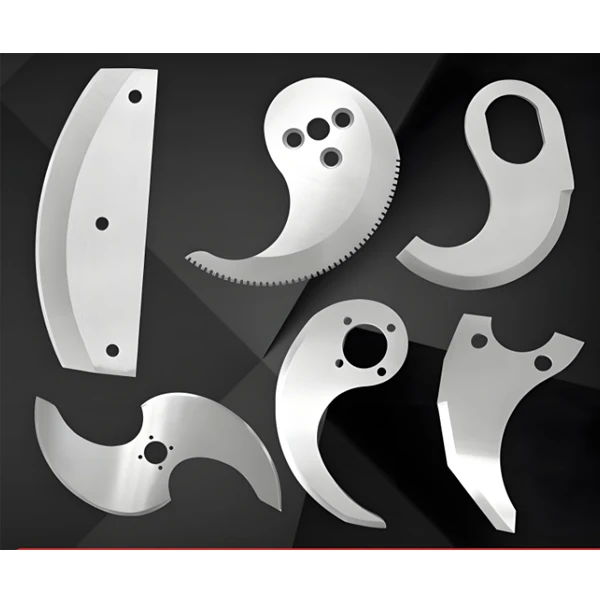- Tel: +86 15003285235
- Email: lena@industrialblades.cc
- Afrikaans
- Albanian
- Amharic
- Arabic
- Armenian
- Azerbaijani
- Basque
- Belarusian
- Bengali
- Bosnian
- Bulgarian
- Catalan
- Cebuano
- Corsican
- Croatian
- Czech
- Danish
- Dutch
- English
- Esperanto
- Estonian
- Finnish
- French
- Frisian
- Galician
- Georgian
- German
- Greek
- Gujarati
- Haitian Creole
- hausa
- hawaiian
- Hebrew
- Hindi
- Miao
- Hungarian
- Icelandic
- igbo
- Indonesian
- irish
- Italian
- Japanese
- Javanese
- Kannada
- kazakh
- Khmer
- Rwandese
- Korean
- Kurdish
- Kyrgyz
- Lao
- Latin
- Latvian
- Lithuanian
- Luxembourgish
- Macedonian
- Malgashi
- Malay
- Malayalam
- Maltese
- Maori
- Marathi
- Mongolian
- Myanmar
- Nepali
- Norwegian
Circular Slitter Blades
1.Alloy Tool Steel
|
Cr12MoV |
High wear-resistant alloy tool steel, with toughness and impact resistance, is suitable for shearing thick plates (such as stainless steel and automobile plates) and can avoid edge cracking. It needs vacuum quenching and cryogenic treatment, the hardness reaches HRC58-62, and the surface nitriding or chromium plating process is used to improve the rust resistance. |
|
9SiCr |
Low-alloy tool steel, excellent hardenability, suitable for cutting scenes with complex appearance (such as precision sheet splitting). |
|
6CrW2Si |
High toughness material, suitable for high impact load (such as hot rolled steel strip cutting). |
2,High Speed Steel (HSS)
|
Universal Type (e.g. W18Cr4V, SKH) |
High hardness and good wear resistance, suitable for shearing thin metal plates (such as silicon steel sheets and tinplates) and high-speed cutting scenes, and the cutting speed can reach 50 m/min. The surface needs to be coated with TiN to reduce the phenomenon of sticking to the knife. |
|
High Speed Steel Produced by Power Metallurgy |
Wear resistance is superior to traditional high-speed steel, and it is suitable for high-precision slitting (such as aluminum foil and copper strip), and the roughness of the cutting edge can be controlled below Ra 0.4 μ m. |
3,Hard Alloy
|
MN1, MN8, etc. |
Tungsten carbide based hard alloy has extremely strong wear resistance and is suitable for ultra-thin materials (such as thin films, adhesive tapes) and high hardness metals (such as titanium alloys). After cutting, the incision is smooth and free of burrs. The disadvantage is low toughness, and it needs to be avoided for cutting thick plates. |
4,Special Alloy Steel
|
LD Steel |
High heat-resistant mold steel, suitable for high-temperature working conditions (such as slitting hot-rolled steel strips), with strong deformation resistance |
|
H13K |
Excellent wear resistance, suitable for slitting corrosion-resistant materials such as stainless steel and galvanized sheet, and surface blackening treatment can extend service life. |
|
SKD-11 |
SKD-11: Japanese standard cold work die steel with uniform hardness (HRC60-62), suitable for precision slitting (such as tinplate for electronic component casings). |
5,Other Materials
|
65Mn & 9CrSi |
Low cost spring steel, used in low load cutting scenarios such as rubber and non-woven fabrics, requires frequent grinding to maintain sharpness. |
|
Stainless Steel Substrate+hard Alloy Coating |
Combining rust prevention and wear resistance, suitable for cutting needs in the food and medical industries. |
6,Material selection principles
Thick plates: High toughness materials such as Cr12MoV and 6CrW2Si are preferred.
Thin sheet metal: mainly based on wear resistance (such as hard alloy, high-speed steel).
High precision scenario: It is necessary to combine precision grinding technology, and the recommended material is powder metallurgy high-speed steel or SKD-11.
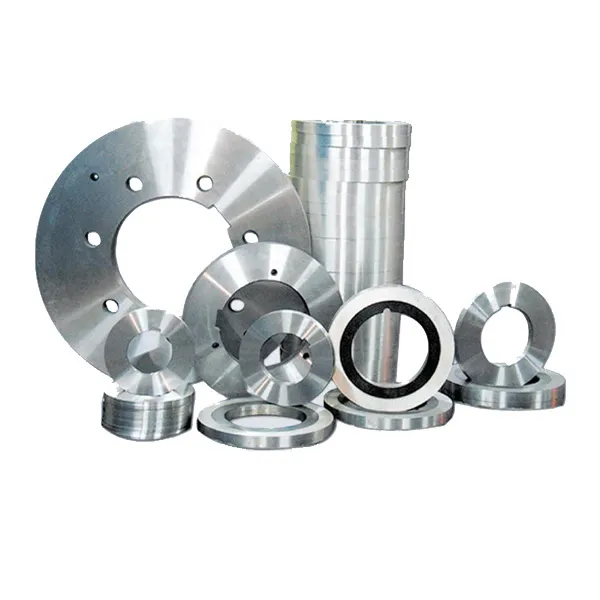
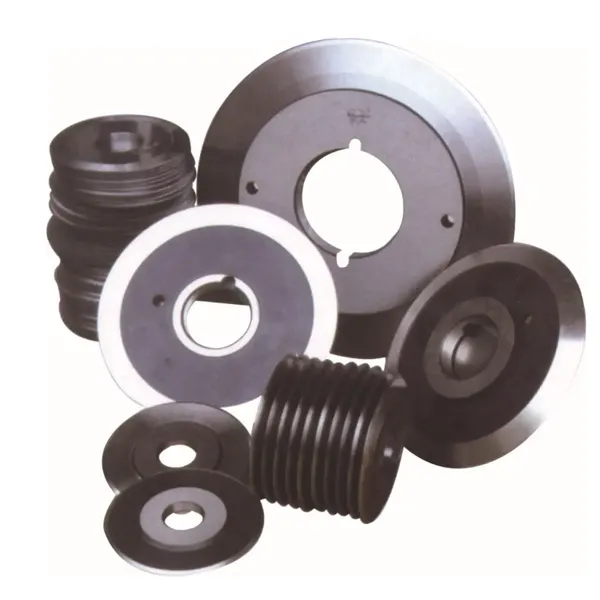
1.Slitting and Cutting of Metal Sheets
General metal material processing: The slitting disc cutter is widely used for slitting processing of metal thin plates such as stainless steel, aluminum plates, and copper plates. High precision cutting is achieved through the longitudinal engagement of the upper and lower blades, meeting the specification requirements of building curtain walls, automotive bodies, and other components.
In the cutting of cold-rolled steel plates, hot-rolled steel plates, and pickled steel plates, the slitting disc cutter made of hard alloy or high-speed steel material can ensure a smooth cut, reduce material loss, and improve the yield of finished products.
High precision specification control: For materials such as silicon steel sheets and tinplate that require strict dimensional accuracy, high-precision slitting disc cutters with a thickness tolerance of ± 0.0005mm and a flatness tolerance of 0.001mm are required to meet the production standards of core components such as transformers and motors.
2.High Strength Material Processing in the Metallurgical Industry
Hot rolled and cold-rolled steel strip processing: The slitting disc cutter is used in the slitting production line of hot-rolled steel strip, which needs to withstand high temperature environment and high-strength shear force. The material is mostly Cr12MoV, SKD and other alloy tool steels, and the hardness and wear resistance are improved through vacuum heat treatment.
In the cutting of cold-rolled steel strip, the blade needs to be matched with hydraulic nuts and other devices to achieve tension control, avoiding deformation or edge burrs of the steel strip.
Nonferrous metal processing: When cutting non-ferrous metals such as aluminum strips and copper strips, the slitting disc cutter needs to have excellent anti adhesion and sharp edge. Hard alloy blades can effectively reduce material surface scratches and deformation.
3.Application of Special Materials and Complex Working Conditions
Stainless steel and corrosion-resistant materials: Special material blades such as LD and H13K are required for cutting stainless steel plates to solve the cutting problem of high hardness materials. They are suitable for corrosion-resistant scenarios such as chemical equipment and food machinery.
The surface of the slitting blade is treated with blackening to enhance its rust prevention performance and adapt to humid or corrosive environments.
Silicon steel and high-precision strip: The cutting of silicon steel sheets relies on a disc cutter with ultra precision flat grinding technology to ensure thickness and flatness tolerances ≤ 0.003mm, meeting the production needs of precision components such as motor cores.
4.Intelligent and Efficient Production Scenarios
Integration of automated slitting equipment:
The fully automatic longitudinal cutting line is equipped with a slitting disc knife and an intelligent cutting system, which can quickly adjust the slitting width to meet the needs of multiple varieties and small batch production, and increase efficiency by 20% -40%.
The turret type slitting device uses a rotating mechanism to replace blades offline, reducing downtime and supporting quick switching of process specifications.
Heavy duty and high-speed cutting scenarios
The high-speed wire cutting adopts Cr8 steel or high-speed steel blades, combined with personalized heat treatment technology, which can withstand the high temperature and impact load of wire cutting.
5.Industry Adaptation and Typical Applications
Automobile manufacturing: Cut steel plates are used for structural components such as the body and chassis, requiring blades to have both high precision and long lifespan.
Home appliance industry: The slitting of metal shells for refrigerators and washing machines requires strict control of burrs and dimensional errors, and is suitable for fully automatic slitting production lines.
Packaging and Electronics: Galvanized sheet and tinplate are cut and used for food cans and electronic component casings, relying on the wear resistance and stability of hard alloy blades.
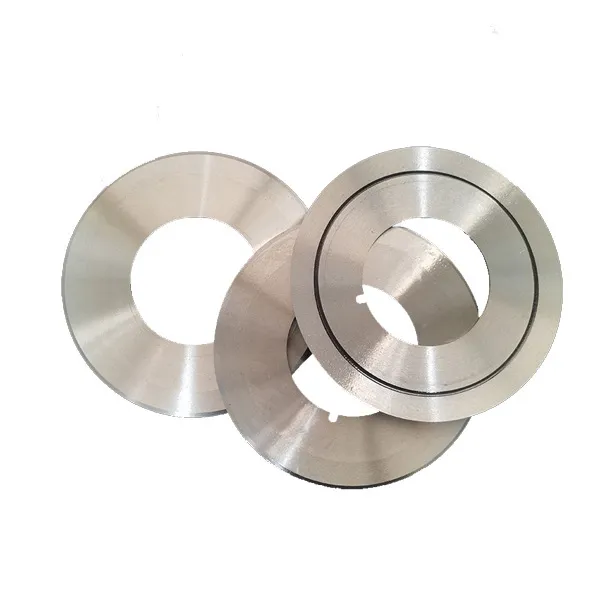
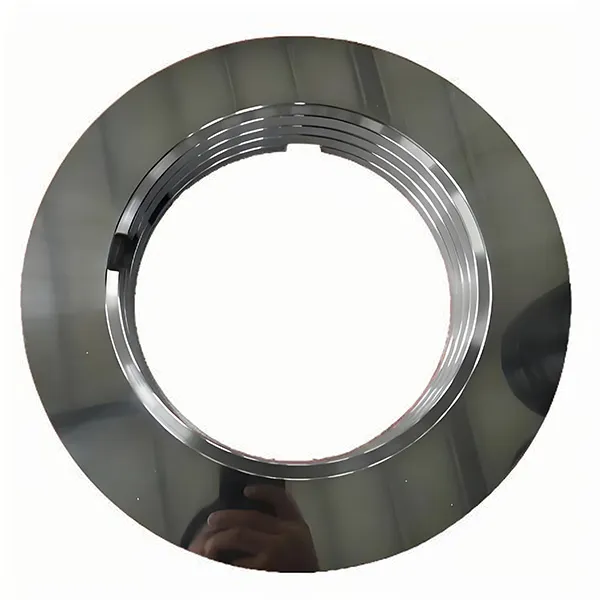
Industrial Slitter Blades Built for Demanding Production Lines
As a leading slitting blade manufacturer, we produce robust cutting solutions for heavy-duty industrial applications. Our industrial slitter blades feature specialized coatings and hardened surfaces that resist wear in abrasive material processing. The precision-ground cutting edges and custom-engineered profiles ensure optimal material separation with minimal energy consumption. Designed for compatibility with all major slitting equipment brands, these blades help manufacturers achieve higher yields, reduced waste, and improved operational efficiency in metal coil, textile, and composite material processing.
Get Binsheng Blade Tech Tips
ISO 9001 insights: industry trends & blade guides

